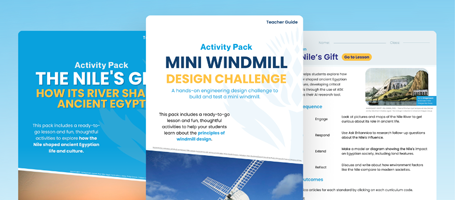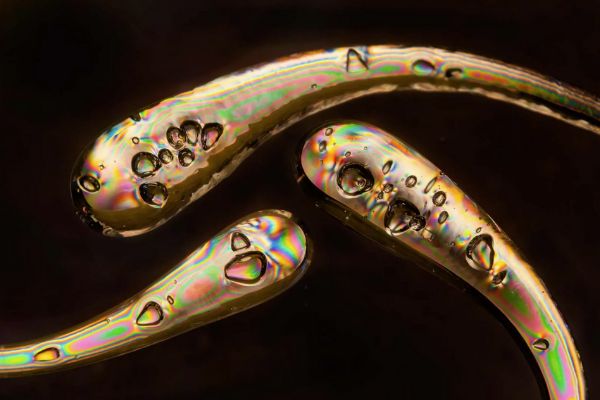Glass is a unique substance with some unusual properties.
It looks like a solid, but is built like a liquid. It is easily breakable, but can be treated to become very strong. It resists most chemicals and can be formed into all kinds of shapes. Liquids and air cannot pass through glass. Light, however, can shine through most types of glass.
A world without glass is almost inconceivable, it plays an indispensable role in various scientific fields, in industry, and in telecommunications. It is used throughout the home, at work, and often in play.
The following resources and activities explore glass and its properties. They are appropriate for students at a primary or middle school level.
Resource Packs

The Britannica “Glass” resource packs are accessible to schools who are subscribed to the Australian, New Zealand, Asian, UK and US versions of Britannica School. They contain age-appropriate articles, images, websites or videos on glass, different uses of glass, states of matter and more.
Resource Pack Links:
Britannica School (Australia) Primary level resource pack↗
Britannica School (Australia) Middle level resource pack↗
Britannica School (New Zealand) Primary level resource pack↗
Britannica School (New Zealand) Middle level resource pack↗
Britannica School (UK) Foundation level resource pack↗
Britannica School (UK) Intermediate level resource pack↗
Britannica School (US) Elementary level resource pack↗
Britannica School (US) Middle level resource pack↗
Britannica School (Asia) Elementary level resource pack↗
Britannica School (Asia) Middle level resource pack↗
Britannica School (Asia version in China) Elementary level resource pack ↗
Britannica School (Asia version in China) Middle level resource pack ↗
Activities
The following activities can be completed using resources found in the Britannica School ‘Glass’ resource packs.
- It is believed glassmaking was first discovered 4000 years ago in Mesopotamia. You can learn more about the origins of glassmaking by checking out the glass article on Britannica School or by exploring this glass making interactive. You will find glass everywhere you look, we are surrounded by it. Create a table on the uses of glass, its properties and what it is made of. Try sketching some items made of glass and labelling them. This might give you a closer look at the properties of glass.
- Create a definition for each of the following terms: translucent, transparent and opaque. Then name examples of objects for each term. If you lived in a cold climate like the Snowy Mountains in Australia or the South Island of New Zealand would you cover your windows in cellophane or foil? Why? Record your answers on the Transparency vs. Opacity worksheet.
- Is glass a solid, liquid or gas? Just because glass is hard doesn’t mean it is a solid. Glass is amorphous, it is neither a liquid nor a solid but shares both these qualities. Watch a video showing the recycling of glass (can be found on Britannica School) and explain how glass fits both states of matter. You can use diagrams to assist with your explanation.
Featured Image from BRITANNICA SCHOOL: The Prince Rupert’s Drop is a droplet of glass formed by the rapid cooling of molten glass in cold water. © Tyler A. Gordon. Accessed 24 Jun. 2022.
These activities and resources have been created using content from Britannica School, the go-to site for safe, comprehensive student research. Contact your librarian to find out if your institution already has access. Find out more about Britannica School or set up your own free trial.
More Educator Resources
Sign up with your email for more free resources from Britannica.

